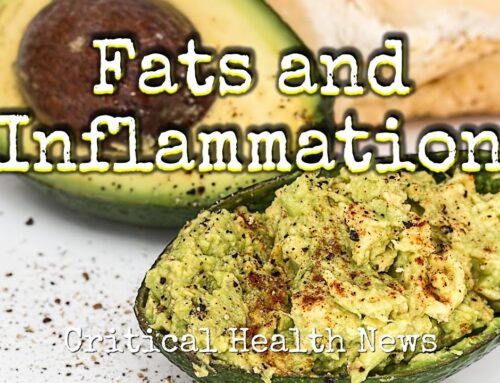While the ketogenic diet may seem like a fad, it is actually a tried-and-true eating protocol. It’s been scientifically validated for over a hundred years. First designed as a way to mimic the biochemistry associated with fasting, the originators of the ketogenic diet formulated the program to help reduce seizure disorders, before the development of anti-seizure medication.
These days, in addition epileptics, the diet has benefits for the chronically ill, the obese, as well as athletes and the elderly. To eat ketogenicly, make sure most, may be 60 to 80 percent, of your daily calories come from quality fat, butter, coconut oil, eggs and fatty fish are ideal sources. Carbs should be kept at 10 to 15 percent of calories and derived mostly from veggies and some fruits. Another 20% or so of calories should come from proteins and most importantly, keep your calories low, somewhere around 1200 to 1500 a day.
Under conditions of high fat and low carbs and low calories, the body’s ability to generate clean energy is maximized, leading to improved immunity, enhanced heart, brain health, weight loss, reduced inflammation and better overall quality of life.










